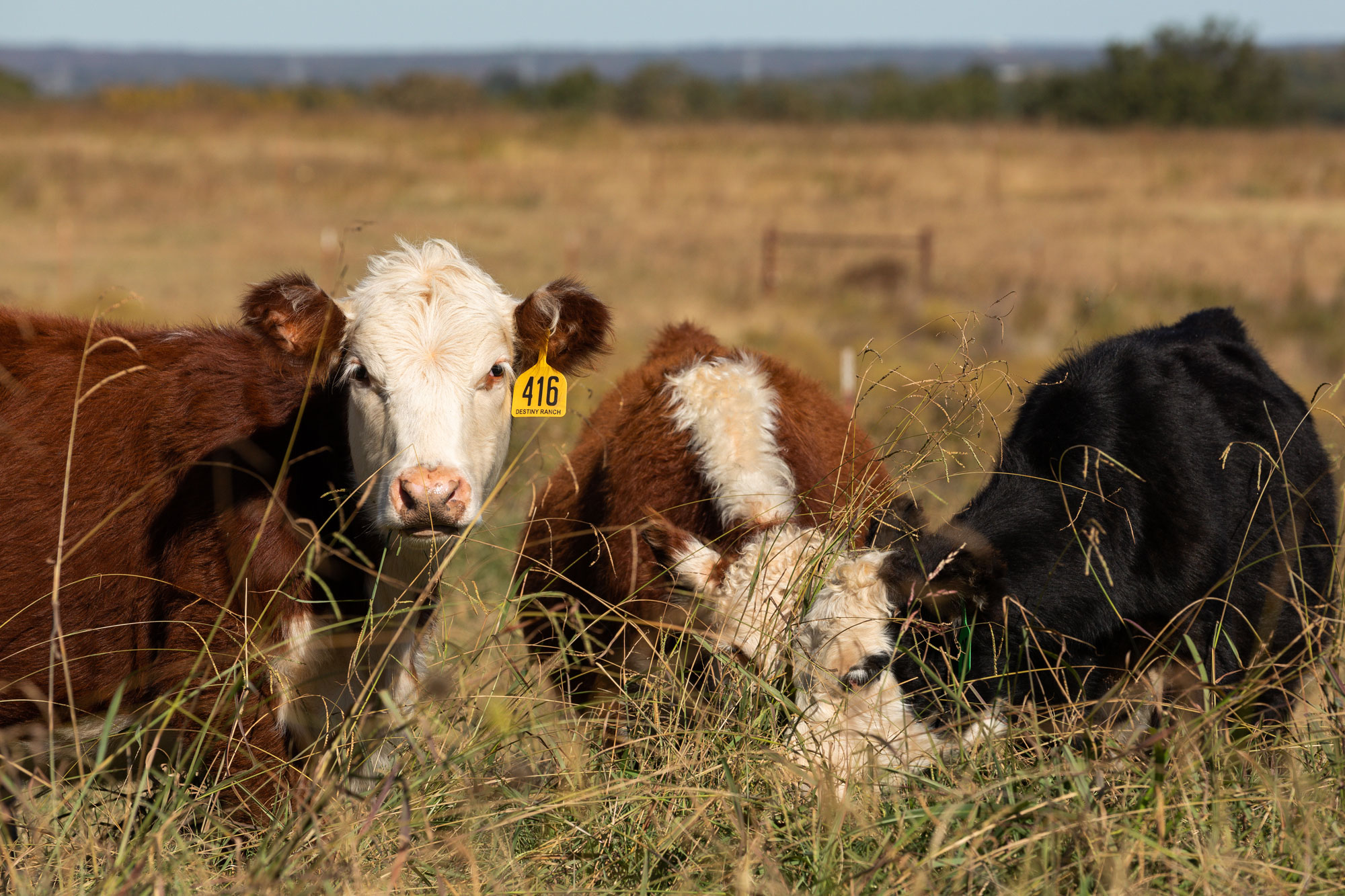
Agricultural News
Dr. Derrell Peel on How North American Cattle Trade Evolves
Mon, 12 Jul 2021 12:38:45 CDT
 Mondays, Dr. Derrell Peel, Oklahoma State University Extension Livestock Marketing Specialist, offers his economic analysis of the beef cattle industry. This analysis is a part of the weekly series known as the "Cow Calf Corner" published electronically by Dr. Peel and Mark Johnson. Today, Dr. Peel talks about how the North American Cattle trade evolves.
Mondays, Dr. Derrell Peel, Oklahoma State University Extension Livestock Marketing Specialist, offers his economic analysis of the beef cattle industry. This analysis is a part of the weekly series known as the "Cow Calf Corner" published electronically by Dr. Peel and Mark Johnson. Today, Dr. Peel talks about how the North American Cattle trade evolves.
Cattle trade between the U.S., Mexico and Canada is part of the increasingly integrated North American beef and cattle market. Cattle exports and imports among the three countries consists mostly of feeder and slaughter cattle, along with small numbers of dairy cattle and breeding animals.
Over the five years from 2016-2020, an average of 1.23 million head of cattle have been imported from Mexico. These imports consist of 99.8 percent feeder cattle. Feeder cattle imports from Mexico have included an average of 82 percent steers and 18 percent heifers. Most imports of Mexican feeder cattle weigh between 440 and 700 pounds (61 percent), with 38 percent weighing less than 440 pounds and just one percent weighing over 700 pounds. Imports of Mexican cattle for the January - May period of 2021 totaled 537.6 thousand head, down 11.7 percent year over year.
Over the past five years, an average of 27 thousand head of cattle have been exported to Mexico annually. These exports consist of 60 percent feeder cattle and 40 percent dairy and breeding animals. Cattle exports to Mexico have increased recently, with 2020 exports of 32.5 thousand head, up 46 percent year over year. Most of the increase is feeder cattle exports, which represented 65 percent of exports last year. For January to May period this year, cattle exports to Mexico total over 23.4 thousand head, up 400 percent year over year.
Cattle imports from Canada are a mix of slaughter steers and heifers, slaughter cows and bulls, feeder cattle, and small numbers of dairy and breeding cattle. Total cattle imports from Canada have averaged 686.8 thousand head over the 2016-2020 period. This includes 73 percent slaughter cattle (45 percent slaughter steers and heifers, 28 percent slaughter cows and bulls), 25 percent feeder cattle and 1.7 percent dairy and breeding cattle. On average, feeder cattle imports from Canada consist of 28 percent steers and 72 percent heifers with most animals over 700 pounds (66 percent), 28 percent weighing 440 to 700 pounds, and about 6 percent under 440 pounds. In 2021, cattle imports from Canada for the January to May period have totaled 242.7 thousand head, down 22.5 percent year over year, with slaughter cattle imports down 15.6 percent and feeder cattle imports down 46.7 percent from last year. Total cattle imports from Mexico and Canada are down 15.4 percent for the year to date in 2021.
Cattle exports to Canada have increased sharply since 2016, with a five-year average of 184.9 thousand head per year and averaging 272.4 thousand head per year in 2019 and 2020. The recent increase in cattle exports to Canada is mostly feeder cattle resulting in a 98.5 percent share of total exports in 2020 with exports of dairy and breeding cattle accounting for 1.5 percent of the total. In 2020, cattle exports to Canada were 40 percent of cattle imports resulting in net cattle imports of 402.8 thousand head.
From 2016-2020, feeder cattle imports have averaged 1.4 million head per year, 3.9 percent of the U.S. annual calf crop. Adjusted for feeder cattle exports, net feeder cattle imports represented an average of 3.3 percent of the annual domestic calf crop the past five years. Slaughter cows and bull imports have averaged 189 thousand head per year, 2.9 percent of total annual cow and bull slaughter from 2016-2020. Slaughter steer and heifer imports have averaged 311 thousand head per year from 2016-2020 and represent 1.2 percent of annual steer and heifer slaughter.
WebReadyTM Powered by WireReady® NSI
Top Agricultural News
More Headlines...





